
UDK: 616.7
Olga A. Rusanova 1 , Andrey S. Trofimenko 2, Olga I. Emelyanova 3
1, 2, 3 Научно-исследовательский институт клинической и экспериментальной ревматологии имени А.Б. Зборовского, Волгоград, Россия
Objective: to study the effect of treatment on the dynamics of antibodies to thyroid hormones in patients with rheumatoid arthritis with thyroid involvement. Methods: 27 people were selected with a diagnosis of rheumatoid arthritis, with a different cjndition of thyroid gland, tread with basic therapy (methotrexate or leflunomide). The patients were divided into three groups, depending on additional anti–inflammatory therapy: group 1 – NSAIDs, group 2 – NSAIDs and glucjcjrticoids (GC), group 3 – NSAIDs, GC and plasmapheresis (7, 15 and 5 patients, respectively). Concentrations of TSH, T3 and T4 were measured using ELISA, antibodies to T3 and T4 – by indirect ELISA using antigens immobilized on magnetic polyacrylamide beads. Marker levels were measured at admission to the hospital and at the time of discharge. Results. By the end of hospitalization of RA patients with autothyroid pathology in the hospital, there was a significant decrease in the content of antibodies in the blood to thyroid hormones. The level of antibodies to thyroid hormones in RA patients with concomitant autothyroid pathology demonstrated significant differences between the indicators before and after treatment in patients in the third group. The levels of antibodies to thyroid hormones in subgroup No. 3 after treatment significantly decreased by 75 % from the initial values. The other two subgroups also showed reductions in antibody levels, but these were not statistically significant. Conclusion. Thus, the basic therapy of RA, as well as additional methods of reducing RA activity using NSAIDs, GC, plasmapheresis, can affect the levels of thyroid hormones in patients with thyroid lesions. The most pronounced effect on the concentration of antibodies to thyroid hormones was found in patients who received a course of plasmapheresis in addition to other methods of treatment. T4 level after treatment was proportionally reduced in patients of all three groups, while remaining within the normal range. For T3, there were no distinct dynamics after treatment. The results obtained indicate a predominantly autoimmune genesis of thyroid lesions in RA.
antibodies, rheumatoid arthritis, thyroxin, triiodothyronine, chronic autoimmune thyoiditis, magnetic carries, antibodies
olga-rusanova28@rambler.ru 2 a.s.trofimenko@mail.ru 3 emelyanova.vlg@mail.ru